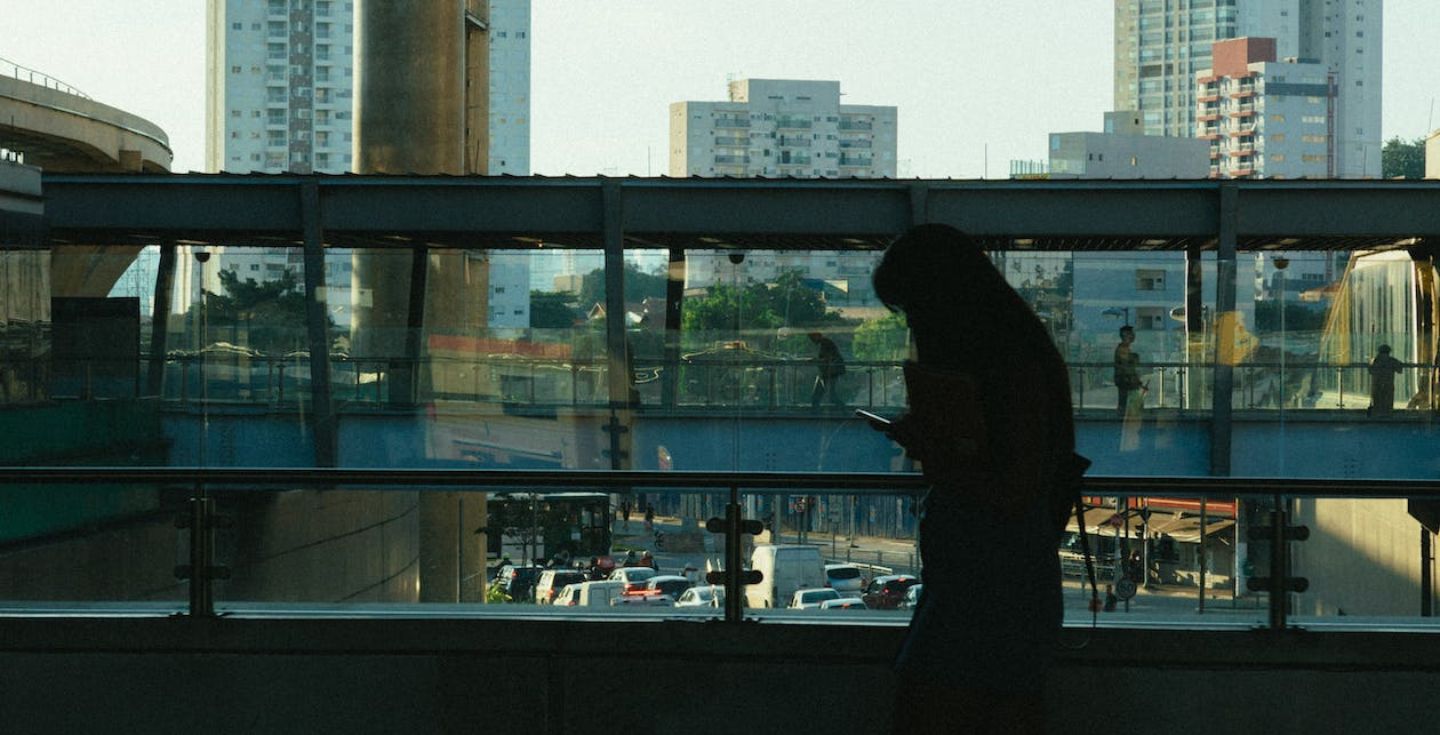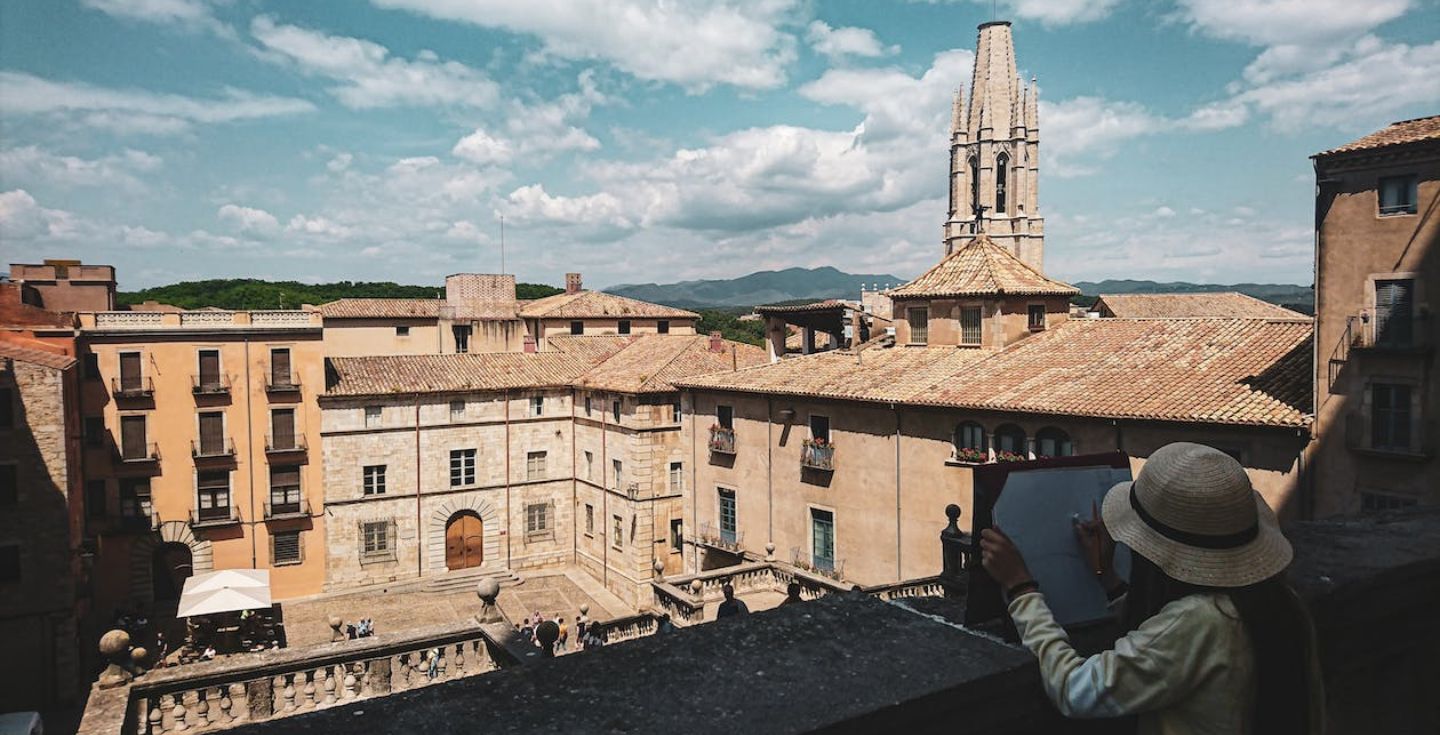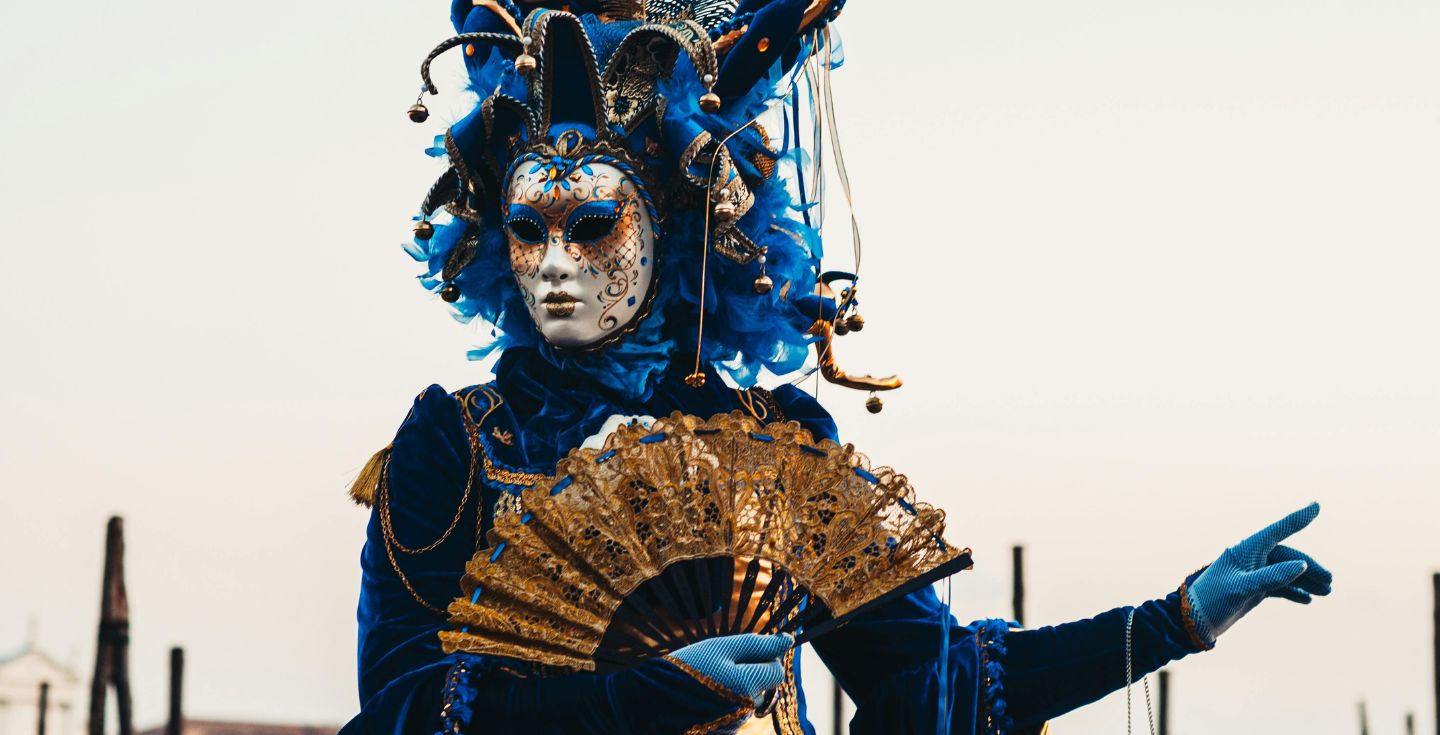Best time to visit French Polynesia: A seasonal guide
Summer is ideal for beaches in French Polynesia, but when can you find fewer tourists and cultural celebrations? Discover the best season for your trip.
Our image of French Polynesia is often of an island paradise with tropical climate and crystal clear waters. But is it like this all year round, and do the 118 islands and atolls experience different weather patterns and events? Below, we outline the best time to visit French Polynesia, covering the islands season-by-season to help you know what to expect for your trip. This guide helps you understand when to catch the best weather, experience popular festivals, and find great value. Let’s dive in!
When is the best time to visit French Polynesia?
The shoulder seasons of April through May and September through the start of November are the best times to travel to French Polynesia if you’re looking for pleasant weather and fewer crowds.
June to August are for you if you crave full sunny days and water activities. Meanwhile, November to March, which is the rainy season in various parts of French Polynesia, can still offer sunny breaks.
Below, we’ve broken things down and offered a rough guide to French Polynesia’s seasons so you can decide which time of year is best for you.
Spring (March-May)
Best islands: Moorea, Tahiti, Raiatea
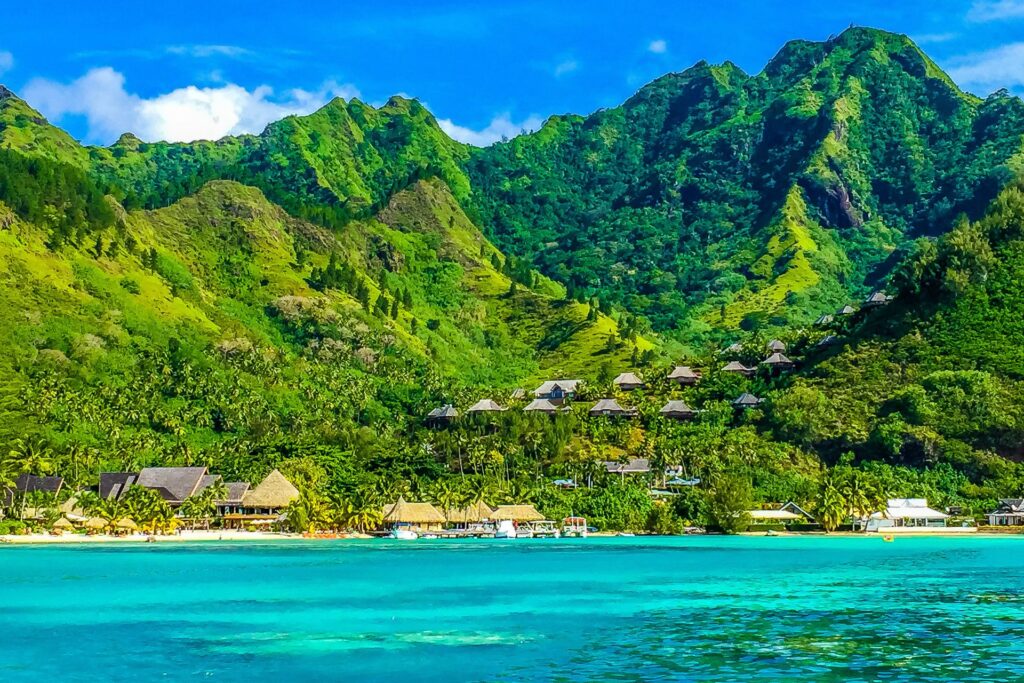
Pleasant temperatures and blossoming landscapes make spring one of the best times to go to French Polynesia. Enjoy hiking and exploring the islands before the peak tourist season arrives. Spring is also a great time to witness the Ori Tahiti Festival, a celebration of traditional Tahitian dance.
- Season: Shoulder season
- Spring is best for: Mild weather, outdoor activities, avoiding the crowds, and options for better deals.
- Weather: Temperatures can range from the high 70s to the low 80s. Rainfall is minimal, and humidity is lower, making it comfortable for exploring the outdoors.
Events: The highlight of spring is the Ori Tahiti Festival, which showcases the storytelling and cultural significance of ‘Ori Tahiti, with performances and competitions. Though dates may vary, it’s typically held in April, and smaller local celebrations occur on different islands throughout the month.
Summer (June-August)
Best islands: Raiatea, Bora Bora, Maupiti
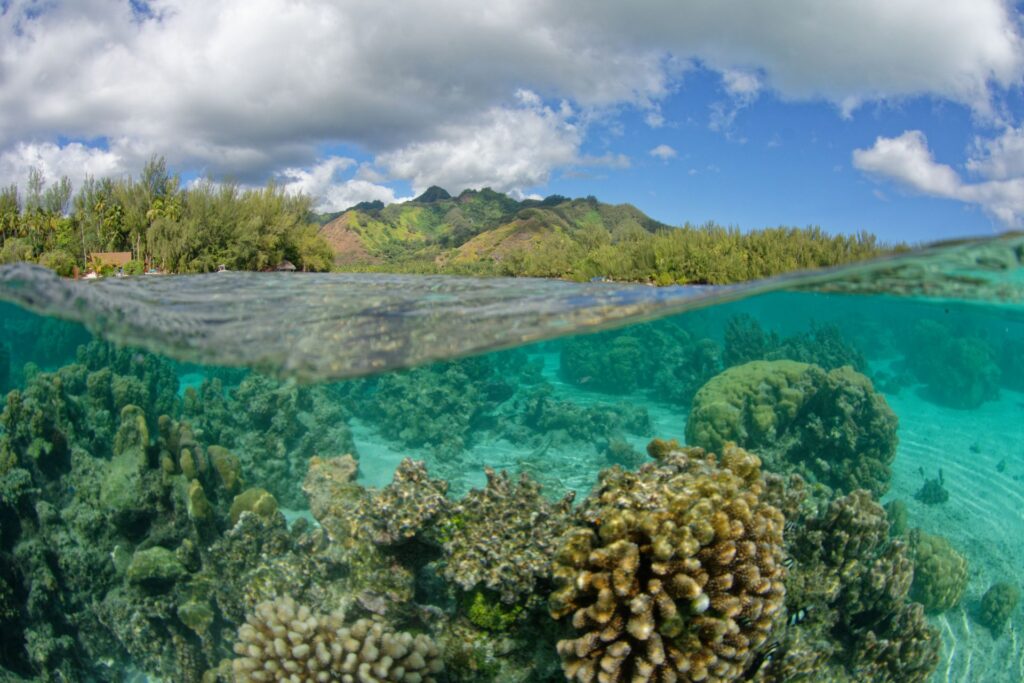
Summer means long sunny days and ideal conditions for enjoying French Polynesia’s stunning lagoons and beaches – so don’t forget to add a snorkel to your packing list. Summer is also the season for the Marae Taputapuatea Celebration in July on Raiatea. While summer is brimming with celebrations and sunshine, it’s the peak tourist season, so expect greater crowds and higher prices.
- Season: Peak season
- Summer is best for: Perfect beach weather, water sports, and a buzzing island atmosphere.
- Weather: Hot and humid, with temperatures averaging around the mid-80s. Rainfall is generally low during this period.
Events: Expect bustling beaches and a lively atmosphere. July hosts the Heiva i Tahiti, a major cultural festival with traditional dance, music, and sporting competitions. Additionally, the Marae Taputapuatea Celebration in July provides a unique cultural experience. This gathering honors the importance of Marae Taputapuatea, a UNESCO World Heritage site, and includes traditional ceremonies, chants, and performances.
Fall (September-November)
Best islands: Huahine, Rangiroa, Tahiti
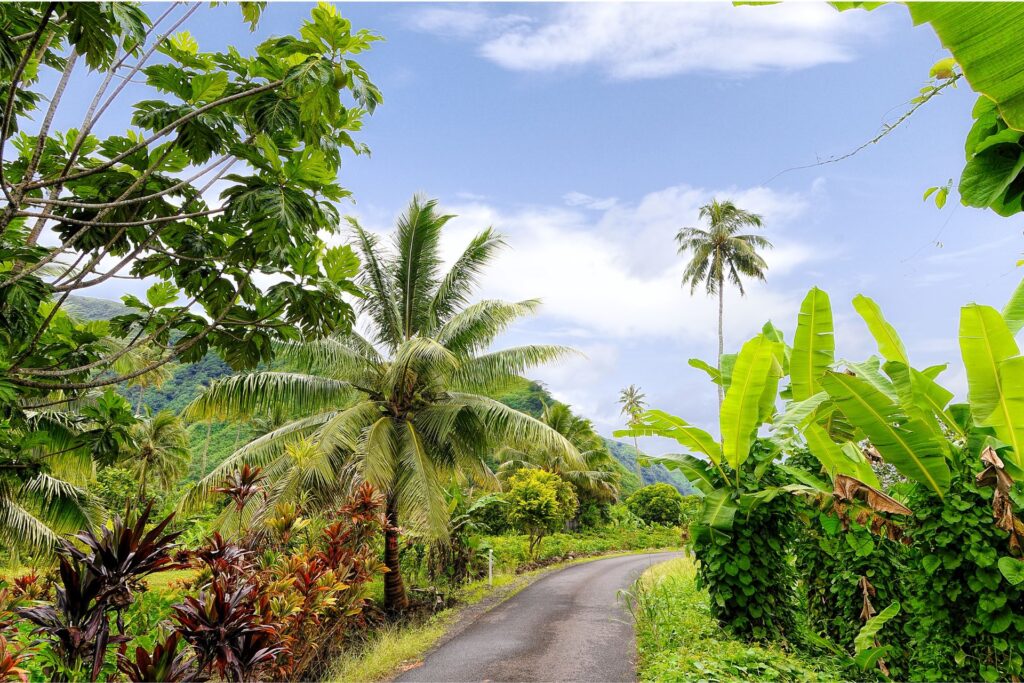
September and October are often recommended as the best time of year to go to French Polynesia due to the moderate climate and fewer tourists. As the water’s still warm, it’s a great time for diving and snorkeling. Fall also brings the Tahiti Moorea Marathon, typically held in September.
- Season: Shoulder season
- Fall is best for: Warm weather, water sports, good value, and fewer crowds.
- Weather: Temperatures remain warm, ranging from the high-70s to the low-80s. Humidity is still present, and rainfall might increase slightly towards the end of November.
Events: The Tahiti Moorea Marathon in September is a popular event and offers a unique way to experience the islands’ beauty. The Hawaiki Nui Va’a outrigger canoe race, typically in November, is also popular. Both events attract participants and spectators from around the Pacific and the world.
Winter (December-February)
Best islands: Bora Bora, Nuku Hiva, Tahiti
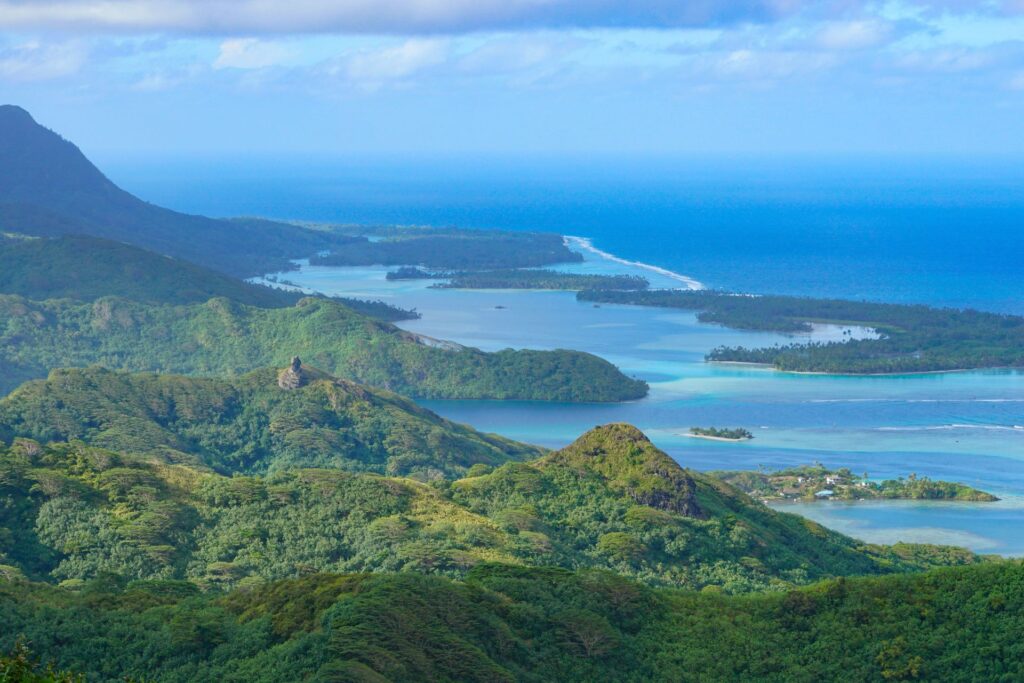
While it’s the rainy season, winter can still be one of the best months to visit French Polynesia – and a pleasant escape from colder climates. You’ll find fewer crowds and lower prices. It’s important to note that while rainfall’s higher, it’s not constant. This time of year also features the Matari’i i ni’a, the Pleiades rising festival, marking the start of the harvest season.
- Season: Off-peak season (except for the Christmas/New Year period)
- Winter is best for: Escaping cold climates, which means lower prices and fewer crowds (excluding holiday periods).
- Weather: Warm temperatures averaging in the high 70s. This is French Polynesia’s rainy season, so expect frequent and sometimes heavy showers. However, sunny spells are still common.
- Events: For tourists, Christmas and New Year are popular times, bringing festive decorations and celebrations to the islands. Additionally, look out for celebrations related to Matari’i i ni’a in November and December, and for a unique spectacle of water sports, consider experiencing the Bora Bora Liquid Festival, which typically takes place in December.
French Polynesia weather: Month-by-month
Planning your perfect French Polynesia escape? This quick reference table gives you a general rundown on average temperatures and rainfall throughout the year so you can choose the ideal time to soak up the sun.
| Month | Average temperature (°F) | Average rainfall (inches) |
|---|---|---|
| January | 78 | 10.2 |
| February | 78 | 8.7 |
| March | 77 | 6.3 |
| April | 78 | 4.3 |
| May | 79 | 3.1 |
| June | 82 | 2 |
| July | 82 | 1.6 |
| August | 84 | 1.6 |
| September | 80 | 2.4 |
| October | 80 | 3.9 |
| November | 79 | 8 |
| December | 78 | 8.3 |
Note: Rainfall can vary significantly between islands.
Stay connected in French Polynesia with Holafly
Staying connected while exploring French Polynesia is essential for navigating the islands, finding local recommendations, and keeping in touch with loved ones.
With Holafly’s eSIM for French Polynesia, you’ll stay covered with up to 4G speeds even on these most remote of islands in the Pacific.
Choose between a 1 GB plan for 5 days or a 2 GB plan for 7 days to use for all the essentials as you relax on your island paradise.
With Holafly, you don’t just get mobile data, you get peace of mind. With our French Polynesia eSIM, you can:
- Contact customer support 24/7 across multiple channels
- Keep your WhatsApp number to continue making international calls
- Hotspot your other devices, friends, and family





 Language
Language 


















 No results found
No results found





